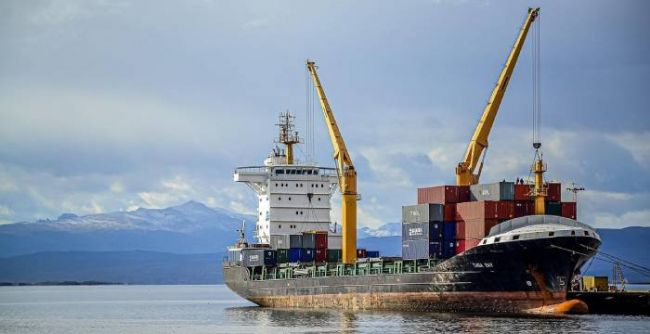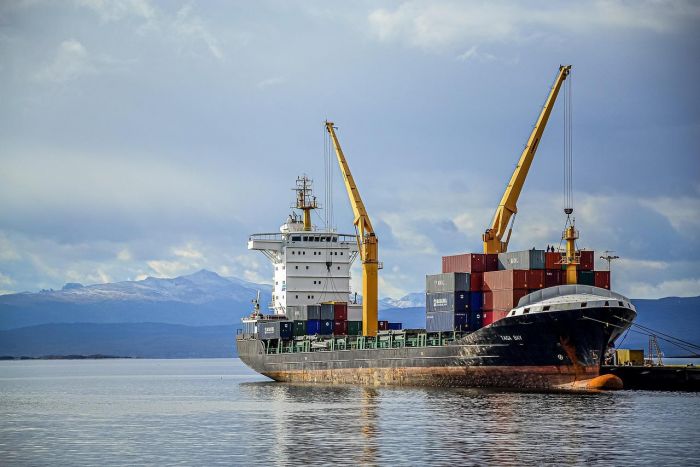Tips & Tricks
3 min read
AI and Predictive Maintenance Strategies to Prevent Maritime Accidents


The maritime industry, the lifeblood of global trade, faces constant pressure to enhance efficiency, ensure safety, and reduce operational costs. There are around 1,800 vessels in the US merchant fleet, and vessel downtime due to unexpected equipment failure can lead to significant financial losses and logistical nightmares. Traditionally, maintenance relied on reactive (fixing after failure) or preventive (scheduled) approaches. However, the integration of Artificial Intelligence (AI) is ushering in a new era of proactive asset management through Predictive Maintenance (PdM).

Integrating AI into predictive maintenance strategies offers substantial advantages for shipping companies:
By predicting failures, unplanned downtime is significantly minimized. Maintenance is performed only when necessary, reducing costs associated with labour, spare parts, and unnecessary servicing. Studies suggest AI-driven PdM can cut maintenance costs by up to 30% and decrease downtime by as much as 50%.
There are around 2,660 maritime accidents each year. Proactively addressing potential equipment failures prevents breakdowns at sea, which can compromise everyone's safety. This leads to more reliable operations and fewer machinery-related accidents, as well as reducing the existence of Jones Act claims—a field where firms like Zehllaw provide essential legal support benefiting the crew, cargo, and vessel.
Maintaining equipment based on its actual condition rather than a fixed schedule helps extend the life of critical components, reducing the need for costly replacements.
Well-maintained equipment operates closer to its optimal performance level, contributing to better fuel efficiency and reduced emissions.
Efficient operations and prevention of failures (like oil spills) contribute to environmental sustainability and help meet increasingly stringent regulations.
Predictive Maintenance moves beyond fixed schedules. It employs technology to monitor the condition of operational equipment in real-time and predict when maintenance should be performed. This approach aims to perform maintenance precisely when needed – just before failure occurs – thereby optimizing maintenance resources, minimizing downtime, and maximizing equipment lifespan. Unlike preventive maintenance, which can lead to unnecessary servicing of healthy equipment, PdM focuses on actual conditions.
AI, particularly machine learning (ML) algorithms, is the engine driving modern PdM systems on ships. Here’s how it works:
An array of sensors integrated throughout the ship continuously collects vast amounts of data from critical machinery and systems. This includes parameters like engine vibration, temperature, pressure, oil quality, acoustics, and electrical discharge.
AI and ML algorithms process this stream of real-time and historical data. They are trained to identify subtle patterns, correlations, and anomalies that might indicate potential issues – often long before they become apparent to human observers.
By comparing real-time data against historical patterns and predictive models, the AI system can forecast potential equipment failures with increasing accuracy. It can estimate the remaining useful life (RUL) of components.
When an anomaly or impending failure is detected, the system doesn't just raise an alarm. It often provides diagnostic information and recommends specific maintenance actions, allowing engineering teams to intervene proactively. Some systems even utilize digital twins – virtual replicas of physical equipment – to aid remote diagnosis and support.
While the benefits are clear, challenges remain, including the need for robust data infrastructure, cybersecurity measures to protect sensitive operational data, and training personnel to effectively utilize these advanced systems. However, the trajectory is clear. AI-driven predictive maintenance is rapidly becoming indispensable in the maritime industry. It is transforming ship operations from reactive problem-solving to proactive, data-driven management, steering the sector towards a safer, more efficient, and sustainable future.
Be the first to post comment!